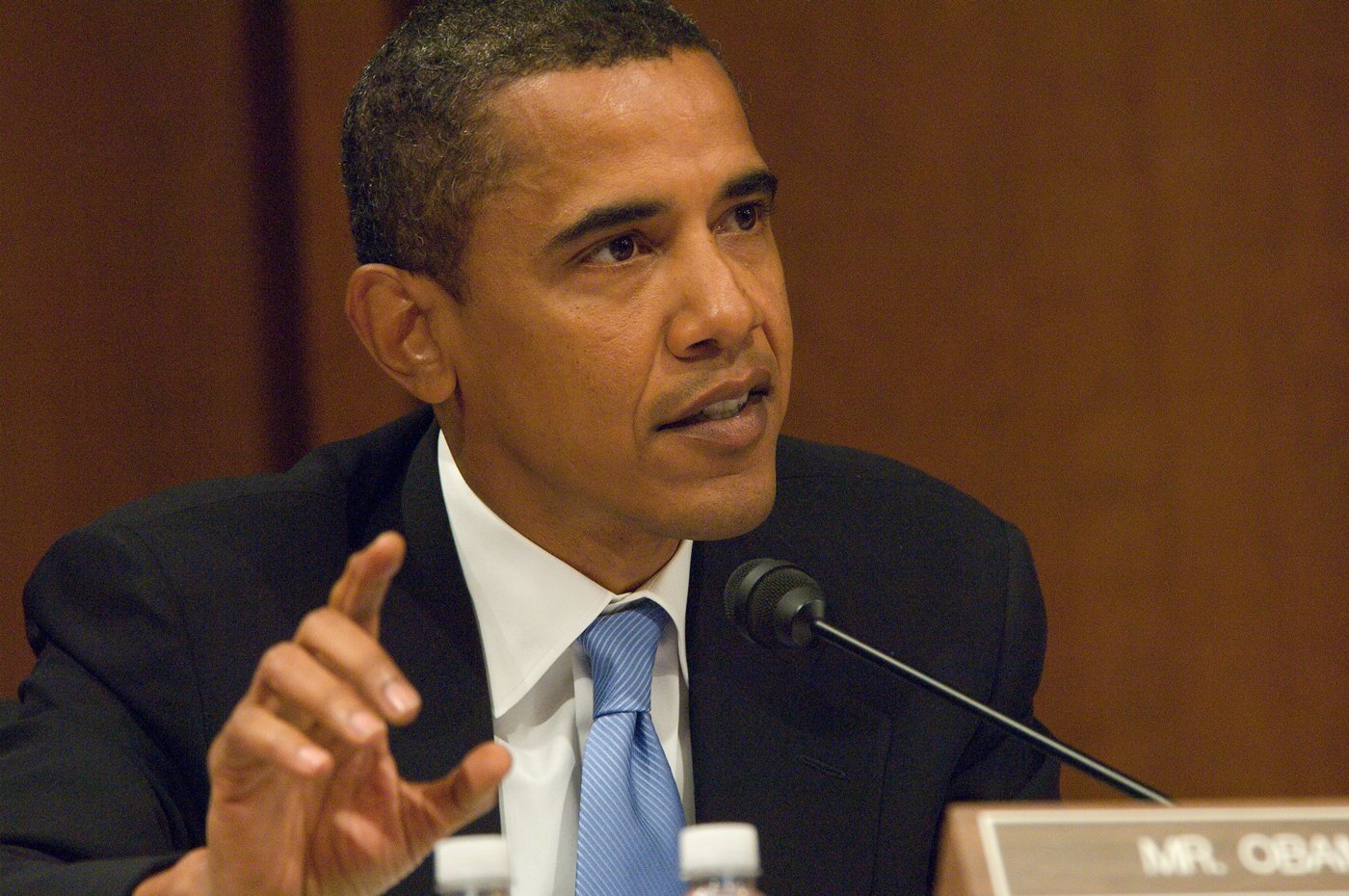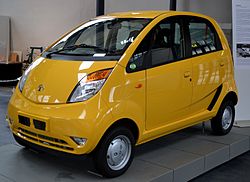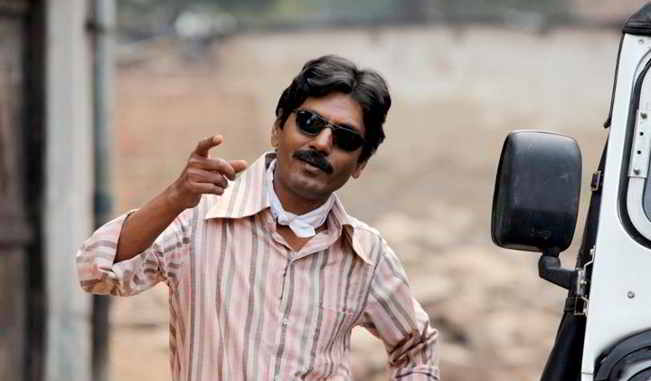
Various parts of an economy do not operate in isolation. The way one part of an economy operates has an impact on other parts.
What is true for the broader economy is also true for banking. Banks operate by raising deposits and lending that money out as loans. These loans are made to various sectors of the economy from industry to services to retail.
Take the case of bank lending growth to the industry. When I talk about lending growth in this piece I talk about lending growth over a period of one year. So, if lending growth to industry in May 2014 was 11.3 per cent, then this was the growth in the total amount of loans given by banks to industry between May 2013 and May 2014.
Take a look at Figure 1. It shows the growth in bank lending to industry over the last four years between September 2012 and August 2016.
As can be seen from Figure 1, the curve is downward sloping. What does this mean? It means that the growth in bank lending to industry has been falling over the last four years. It peaked in November 2012 at 19.4 per cent i.e., the growth in bank lending to industry between November 2011 and November 2012 had been at 19.4 per cent.
Since then the growth in bank lending to industry has taken a downward trend. In August 2016, the latest data available, the bank lending to industry contracted by 0.2 per cent. This means that the overall bank lending to industry contracted between August 2015 and August 2016. This is something that has never happened in the last four years.
In fact, this is the first time in the last four years that the growth in bank lending to industry has entered into negative territory. The Indian Express recently reported that growth in bank lending to industry had entered negative territory for “the first time… at least [in] a decade.”
The question is: Why is this happening? One reason for it lies in the fact that capacity utilisation in industry continues to remain low. As per the latest RBI Obicus Survey, the capacity utilisation of industry for the period April to June 2016 stood at 72.9 per cent. The capacity utilisation levels have been between 70 per cent and 75 per cent over the last three years. (Obicus stands for Order Books, Inventories and Capacity Utilisation Survey).
What this means is that the industry is operating at less than three-fourths of its full capacity. In this situation, there is no reason for the industry to borrow from banks to expand its facilities.
Are there any other reasons for the contraction in lending to industry? Take a look at Figure 2.
Figure 2
The Figure 2 tells us very clearly that bank lending to industry formed around 45-46 per cent of overall lending (non-food credit) up until March 2014. After this, the Reserve Bank of India cracked the whip and asked public sector banks to start recognising the bad loans they had on their books.
Up until then, these banks had managed to keep the bad loans on their books using various strategies. One of the strategies that banks had used to keep the bad loans going was to give fresh loans to companies not in a position to repay their loans, so that they were able to repay their old loans. Once this stopped, the growth in loans to industry started to slow down. This is possibly another explanation on the slowdown in growth of bank loans to industry.
The question is: Where exactly are the banks’ lending? The growth in overall lending by banks in August 2016 stood at 8.2 per cent. This was the second slowest month in the last four years (June 2016 was the slowest) as far as growth in overall bank lending is concerned. Nevertheless, the growth in overall bank lending is in positive territory unlike growth in lending to the industry.
How is this happening? The banks are giving out more and more retail loans (or what the RBI calls personal loans). Take a look at the growth in retail loans over the last four-year period. (See Figure 3).
Figure 3
While the growth in lending to industry was a downward sloping curve (as can be seen in Figure 1), the growth in retail lending by banks is an upward sloping curve (as can be seen in Figure 3). The question is to what extent has been lending to industry been replaced by retail lending by banks. Take a look at figure 4.
Figure 4
In September 2011, the total retail loans given by banks formed 19.1 per cent of overall loans given by banks (non-food credit). This has since then gone up and as of August 2016 stood at 22.2 per cent.
It is interesting to see that the bank lending to retail as a proportion of total lending started to go up around March 2014, the point at which lending to industry as a proportion of overall bank lending started to fall.
Hence, it is clear that to some extent banks have managed to replace lending to industry through retail lending. When banks lend to the retail sector they give people loans to buy homes, scooters, motorcycles, cars, consumer durables etc. They also let people to buy things on their credit card and give out personal loans (or what banks call personal loans).
Ultimately this lending is likely to push up demand for consumer goods and this should push up the capacity utilisation rates of industries. Once this happens on a sustained basis only then will lending to industry start to go up again.
Retail lending is expected to pick up in the days to come as the government pays higher salaries to its employees under the recommendations of the Seventh Pay Commission. In the months to come, the salaries of the state government employees are also likely to be revised as well, as they will a demand higher pay which is at par with their central government brethren.
All this is expected to help push up demand for consumer goods, and retail loans given by banks. In turn, this is expected to lead to better capacity utilisation rates. The question is will this push capacity utilisation enough (i.e., close to 80 per cent levels). I have my doubts on that front.
Further, the retail lending despite a substantial jump still forms only around 22 per cent of overall lending. Hence, there is no way it can go around replacing industrial lending, which continues to remain the major business for banks. It also needs to be mentioned here that if banks try to grow their retail book rapidly in the time to come beyond a certain size, they will have to do so by lowering their lending standards, as they had done in case of lending to industry a few years back. The question is will they want to make the same mistake again?
Also, it is safe to say that a further 25 basis points cut in the repo rate by the Reserve Bank of India later this year, is not going to make any difference on the industrial lending by banks. In fact, since January 2015, the RBI has cut the repo rate by 175 basis points to 6.25 per cent. In January 2015, lending to industry formed 44.3 per cent of overall bank lending. In August 2016, it formed 40 per cent.
So much for the impact of lower interest rates.
The column originally appeared in the Vivek Kaul Diary on October 18, 2016




